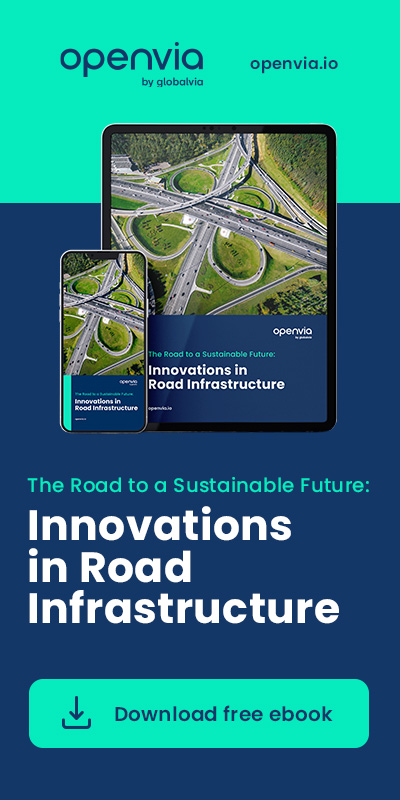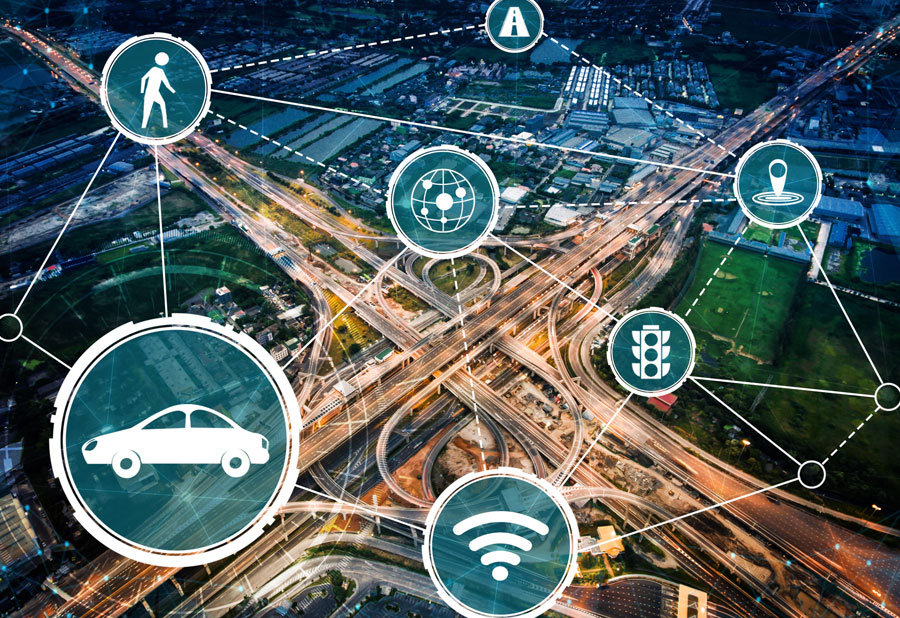Sustainable mobility in cities is one of the challenges or complex problems that require the collaboration of all the agents of the ecosystem, public and private mobility operators, administrations, citizens, technology companies and energy companies, among others. It is also one of the main axes of urban mobility in smart cities and more and more progress is being made in this direction through the promotion of sustainable modes of transport and the development of technologies that promote and catalyze a new mobility that contributes to reducing environmental pollution and improving air quality and therefore the lives of citizens living in these smart cities.
Technology has become the essential lever to improve urban mobility for the inhabitants of a city, with the aim of improving the quality of life in cities.
So let’s talk, among other aspects, about how the advance of intelligent cities or ‘Smart Cities‘ can improve urban mobility in an efficient way. Remembering that this vision is driven by Mobility as a Service (MaaS), which we have put into practice with projects such as Meep Sevilla by Globalvia in alliance with the startup Meep.
In this regard, we would like to highlight three main trends:
- Public transport as the backbone of mobility in cities
- Promotion of hybrid and electric cars
- Improved management of urban distribution of goods.
- Promotion of shared transportation or sharing
- Personal Mobility Vehicles
Public transport as the backbone of mobility in cities
One of the objectives to be taken into account to improve mobility in cities is the promotion of public transport. Public transport also serves to reduce pollution caused by vehicles with combustion engines, even more so if there is a fleet of electric buses or if train and metro transport is promoted, while encouraging the combination of these with other individual means of transport.
Technology is an important point in this regard, since mobile applications that inform the user of schedules, routes, waiting times or incidents in real time, facilitate the mobility of citizens in a simple and interconnected way. Thus offering a real alternative to car use.
As mentioned above, at Openvia we offer solutions to combine in a single app all the means of transport in a city, as in the case of Seville. Why have different mobile applications if they can be combined in a single one?
Do you want to know more about Mobility and Sustainability?
Promotion of hybrid and electric cars
Low Emission Zones (LEZs) are areas of cities where there are restrictions on access to certain types of vehicles with the aim of reducing greenhouse gas emissions. To achieve this, investment is also needed to increase the fleet of electric or hybrid cars and to provide more public charging points and options for these vehicles.
In other words, the use of currently available technology to electrify the automotive sector, achieve sustainable mobility in cities and allow them to be recharged in public places so that they have more kilometers of autonomy. Technology is essential to achieve this, since the cities of the future must be efficient and sustainable cities to improve mobility and quality of life for everyone.
As experts in technological innovations, we have developed ONE ZBE, a solution for managing Low Emission Zones.
Promotion of shared transportation or ‘Car Sharing’.
In line with the reduction of traffic and pollution in cities with the greater promotion of electric cars and public transport,car sharing should also be encouraged. Car sharing is a useful and sustainable urban mobility alternative that is likely to become more widespread among citizens. And for its management and better efficiency, nothing better than the technological development of real-time information services that allow you, for example, to reserve a parking space, thus reducing the uncertainty of what to do once you arrive at your destination.
Improved management of urban distribution of goods.
One more aspect to consider for improving urban mobility with technology is better management of Urban Merchandise Distribution (UMD). Several ways to do this is to improve last mile delivery by using smart lockers. Or even reduce the use of ground transportation by using drones for freight shipments if possible.
In addition, the increased digitization of businesses with systems such as Click & Collect (buy online and collect in store) will reduce home deliveries where possible. Always with an eye on maintaining the right balance between technological innovations and creating or maintaining jobs.
Personal Mobility Vehicles
Today we are increasingly seeing new modes of mobility in cities in personal transportation that are not bicycles or motorcycles. These are Personal Mobility Vehicles (PMVs), such as electric scooters.
Therefore, their existence requires, in the first place, a legal regulation that allows their safe transit through the cities, as well as the obligations and restrictions of their use: for example, through speed limits as for motor vehicles or the use of helmets as for cyclists.
The combined use of, for example, Metro or Bus, with the scooter for the last mile is a perfect alternative and example of how both public and private operators have to collaborate to offer a unified experience to the citizen. According to a recent VOI study, 63% of all trips made by scooter users are integrated with trips made by public transport.







